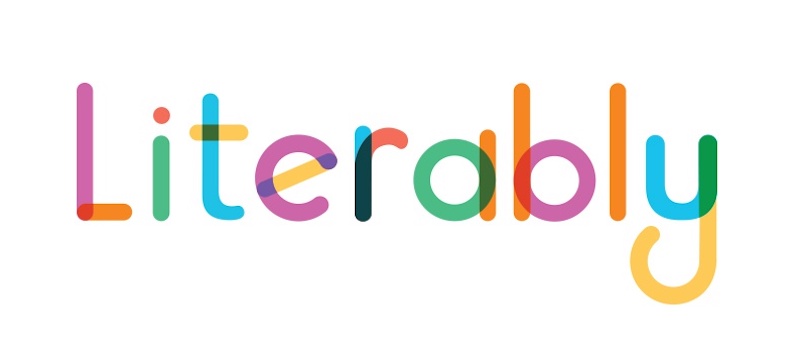For educators, there are a lot of different tech tools that can help students. Some are geared towards math education, others towards teaching tech skills, and there are plenty of others for different areas of the curriculum. One of those areas is reading assessment. And, one of those tools for gauging an accurate picture of student reading skills is Literably. Using this platform, teachers can develop an accurate assessment of reading skills for students in elementary school. So, for this week's Rising Resources post, we thought we'd explore Literably a bit more.
The thing that makes Literably different from other reading tools is that it actually listens to students read. This unique feature allows educators to get to know their students a lot more effectively. It also helps them zero in on particular areas in which students might be struggling. Literably is accessible on a wide variety of devices and all students have to do is read out loud. There are sample texts or stories and questions that follow. Students can access Literably on iPads, Chromebooks, and laptops, making it easy to integrate in most classroom environments. Having the option to use it on a computer or mobile device is also very convenient.
Assessing students with Literably.
An in-depth report generates based on the reading samples students provide. Teachers can then access the report within the Literably platform. It features some useful insights into how each student did with the reading assignments. Among the focal points of these assessments are how well students fared in terms of accuracy, fluency, and comprehension. These running reports are available to teachers within 24 hours of students completing the reading.
While Literably can help students build reading skills, its true value is for educators. Having students use Literably unlocks all sorts of helpful insights when it comes to their skill level. Most importantly, Literably helps teachers determine an accurate reading level for each student. The feedback enables teachers to see what students can do on their own and where they struggle. Having a more detailed overview of what areas need improvement allows them to provide students with targeted reading instruction going forward.
Simplifying teacher work.
The technology within Literably is what makes the difference. In traditional reading assessments, teachers may be utilizing only observation to determine student reading levels. The specialized technology that's a part of the Literably platform, however, allows them to get much more specific. Not only can Literably help teachers pinpoint what students are good at, it can also, as we've said, illuminate what they need to work on most. Since they don't have to collect as much data from each student, educators are more free to create personalized plans for addressing any issues that are identified.
While it's geared more towards elementary students, Literably is viable anywhere from kindergarten to eighth grade. While students are using Literably, the technology actively scans their reading abilities. During this time, it's collecting information that can help diagnose skill gaps, identify reading difficulties, and track their progress. Since students are actually reading out loud while this data is being collected, it provides a pretty accurate picture of their abilities. Once they're done with their reading, however, its real value comes into play.

Using Literably in the classroom.
So, how does Literably work? Educators can choose guided reading tasks for students or let the Literably technology choose one for them. Students can read into the Literably app one at a time or the whole class can do it at once. They may need to spread out so the technology doesn't get confused with different voices, but it should still work well. After each student is assessed, an audio recording of their reading generates within Literably. Educators can access this recording or share it with students. Or, they can simply access the data, which includes correct words per minute, percentage accuracy, and a Common Core comprehension score.
For teachers, the benefits of using Literably include saving huge chunks of time and obtaining more accurate data. Instead of administering lengthy reading assessments, scoring each student, and tracking how they do, they can use Literably to do most of the work. Educators can match students with reading materials aligned to their skill sets as well. It's about more than giving them something easy enough to read, however. If they're showing they can easily get through easier texts, then they're provided with something more challenging. Finally, Literably allows educators to share more detailed reports with parents. Not only can they give a clear indication of a student's reading level but, over time, they'll be able to pinpoint progress and show student growth as well.
To use Literably, head over to their website to get started. There is pricing information and the option to request a quote at the bottom of the site. After you've checked out the Literably website, be sure to explore the rest of ours too. You'll find some of the latest EdTech, STEAM, and MakerEd tools on our store as well as expert insights on our blog. Follow us on Twitter and Instagram for more!



